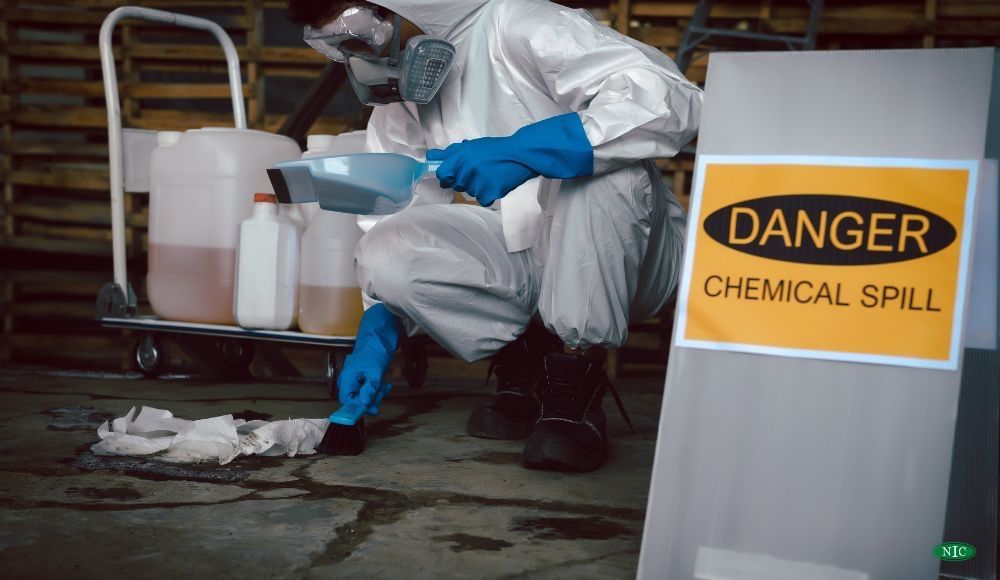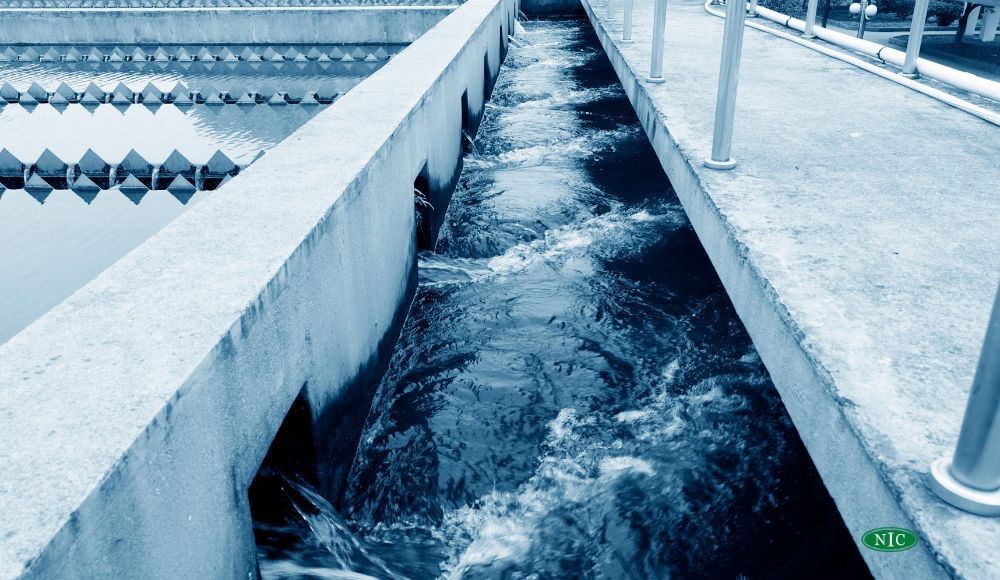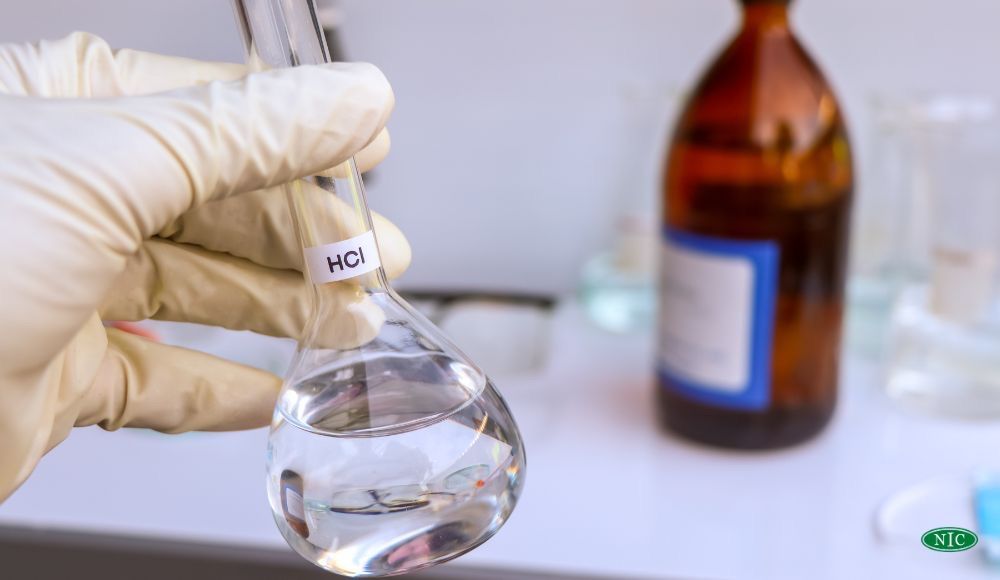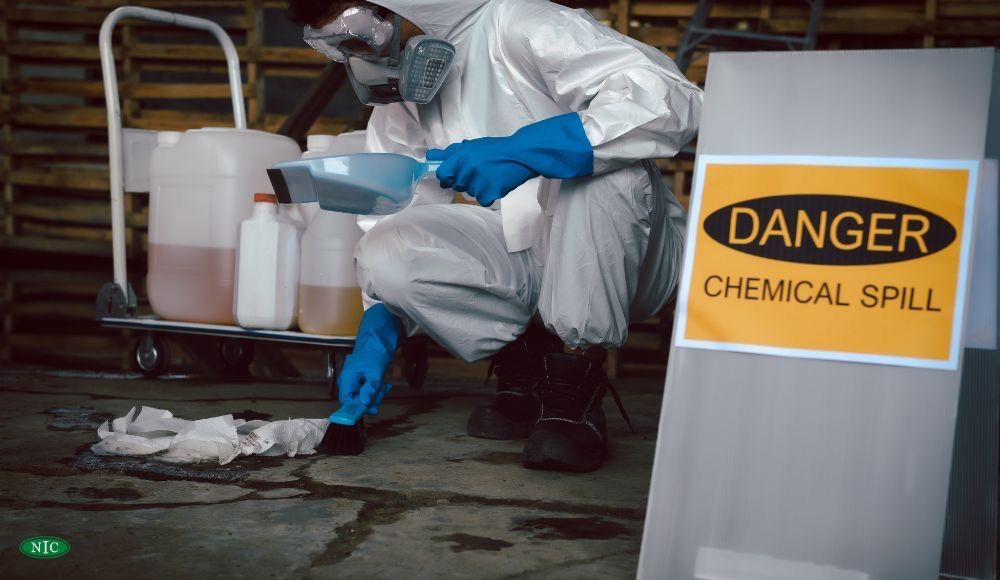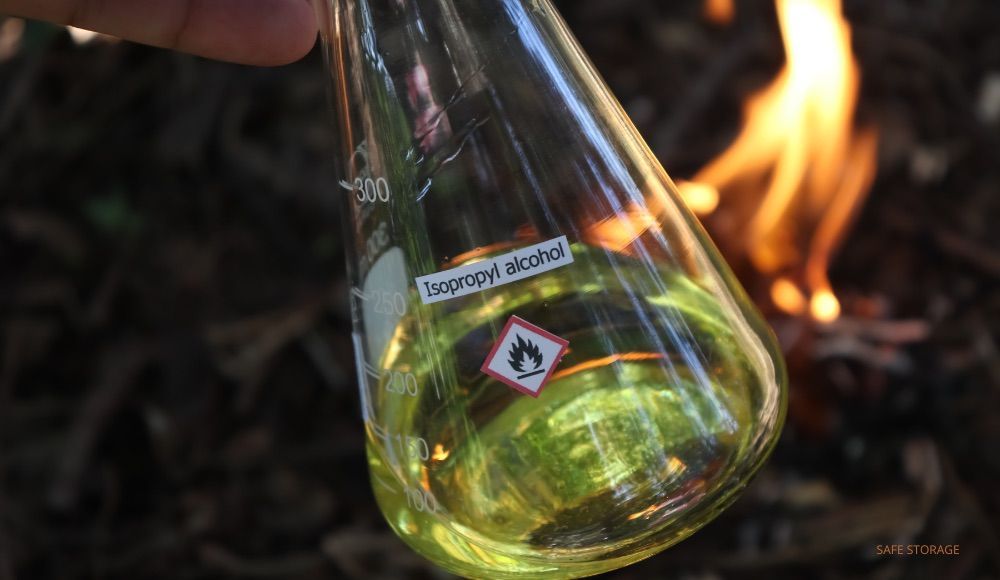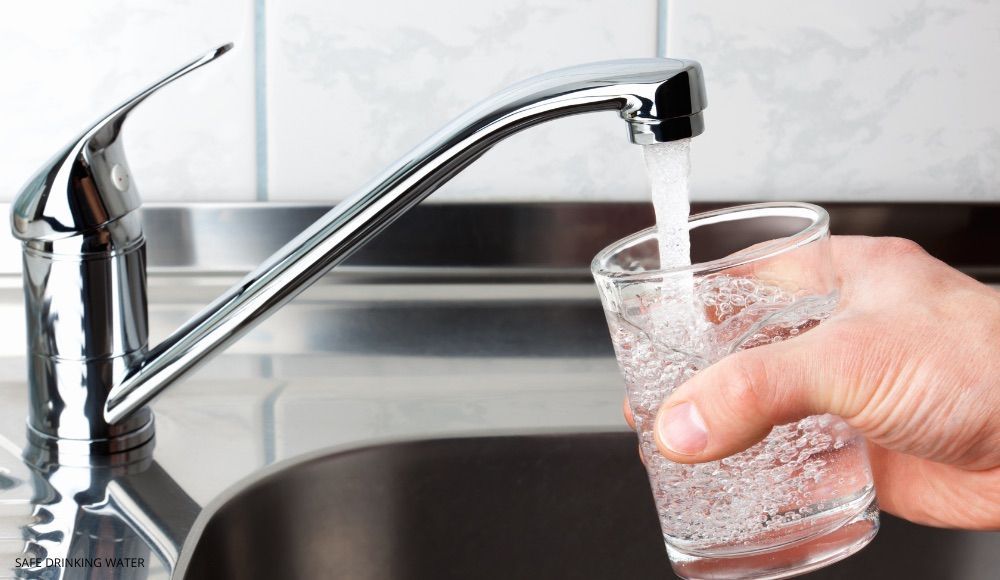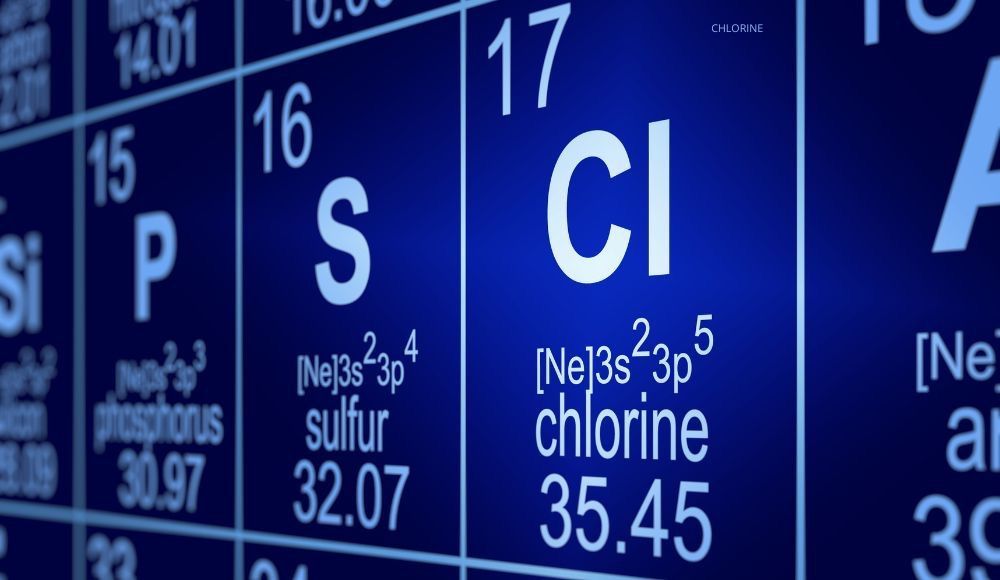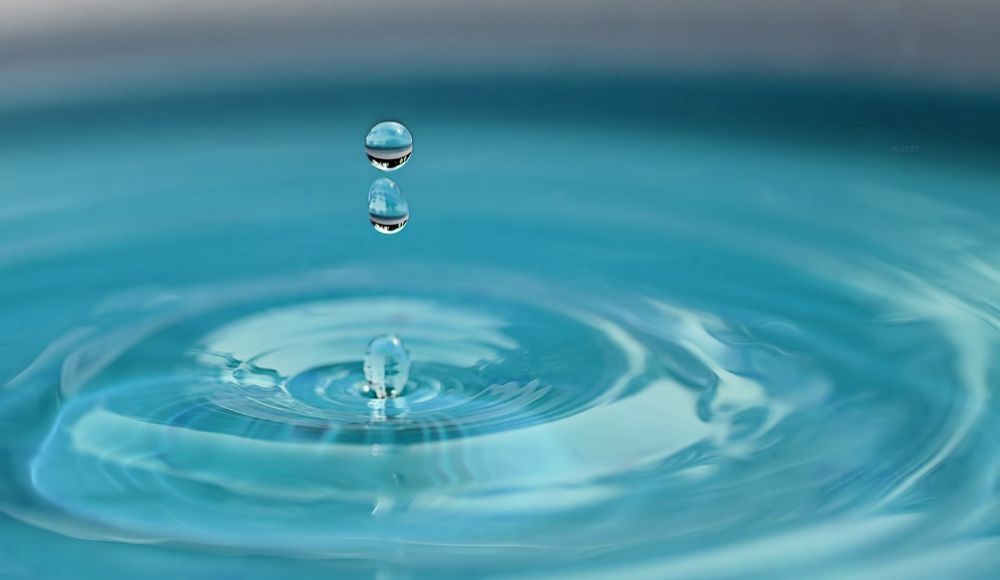How Often Should Chemical PPE Be Inspected?

Everyone knows that working with chemicals can be dangerous. But did you know that each year, tens of thousands of workers are exposed to harmful chemicals? According to the Occupational Safety and Health Administration (OSHA), each year workers suffer from over 190,000 illnesses, and 50,000 workers die due to chemical exposure. These shocking figures highlight the extra care that needs to be taken when working with industrial chemicals. Using personal protection equipment (PPE) plays a vital role in ensuring that workers are kept safe while using chemicals. But you may be wondering how often PPE should be inspected to ensure it is effective.
In this blog post, we will explain the importance of PPE inspections, the types of PPE used when handling industrial chemicals, and PPE inspection best practices to help keep your workers safe.
The Importance of PPE Inspections
Like all equipment, PPE can become less effective over time and with increased use. This means that the PPE offers less protection to your workers. Therefore, it’s essential to be aware of the factors that can degrade the effectiveness of PPE and to be alert to the importance of PPE inspections.
There are many factors that can potentially damage chemical PPE, these include:
● Contact with chemicals
● Heat
● Dirt
● UV light
● Incorrect use
● Improper storage
● General wear and tear
● Snags and tears
Carrying out regular PPE inspections is essential for the following reasons:
● Reduce illness and injury caused by chemical exposure
● Develop and demonstrate a commitment to safety in the workplace
● Highlight the importance of PPE among your workers
● Increase workplace productivity due to less time spent trying to find suitable PPE
● Reduces workers’ compensation claims caused by workplace injuries
Types of PPE Used When Handling Industrial Chemicals
Choosing the correct PPE for the task is essential to ensuring its effectiveness and providing the appropriate level of protection. Commonly chosen types of PPE used when handling industrial chemicals include:
Respiratory Protection
There are a few varieties of respiratory protection available. These can help protect your workers from inhaling airborne contaminants and toxic substances.
Skin Protection
When working with hazardous materials you need PPE equipment that will protect the skin from irritation and chemical burns. Wearing PPE suits, gloves, and enclosed footwear are all required to ensure the skin is fully protected.
Eye and Face Protection
Preventing facial and eye injuries while working with chemicals is vital. So, you must ensure your workers have the appropriate safety goggles or face shields.
PPE Inspection Best Practices
The proper use of PPE should always be a priority in your workplace. After all, if your PPE fails, this could have catastrophic consequences for your workers. Introducing PPE inspection best practices and ensuring that they’re followed is an effective way to prevent injuries, illnesses, and fatalities in your workplace caused by PPE failure.
Here are some PPE inspection best practice examples that you may choose to introduce:
Schedule Regular PPE Inspections
Understanding how often to inspect PPE is essential but can be confusing. As a general rule, the more hazardous the materials are that you’re working with, the more regularly that the PPE should be inspected. Therefore, when you’re working with chemicals, it’s advisable to inspect the PPE before and after every use. In addition, a regular weekly inspection of all PPE can help to identify any issues within your PPE inventory.
Once you’ve established how often you will inspect PPE it’s advisable to formalize this by including it in your process and procedures. This will ensure that there’s complete clarity for your team and will make it much easier to spot any potential faults in the PPE before they cause injury or illness.
Provide PPE Training
PPE inspections will only be effective if your workers know how to inspect their equipment correctly. Devising a training session and providing information from a trusted source will assist you with this.
As well as initial training for new users, scheduling refresher training to remind current employees of best practice when inspecting PPE is advisable.
Ensure Correct PPE Fit
Along with scheduling regular PPE inspections and providing PPE training, you need to ensure the equipment fits correctly. The equipment can only provide maximum protection if it fits perfectly. Ensuring that every team member has adjusted their PPE to fit and is wearing the correct sizing is vital for their safety.
Contact Us For All Your Chemical Needs
Whatever your chemical needs, we can help. Our team will be happy to discuss how we can assist you with all your industrial chemical requirements.
